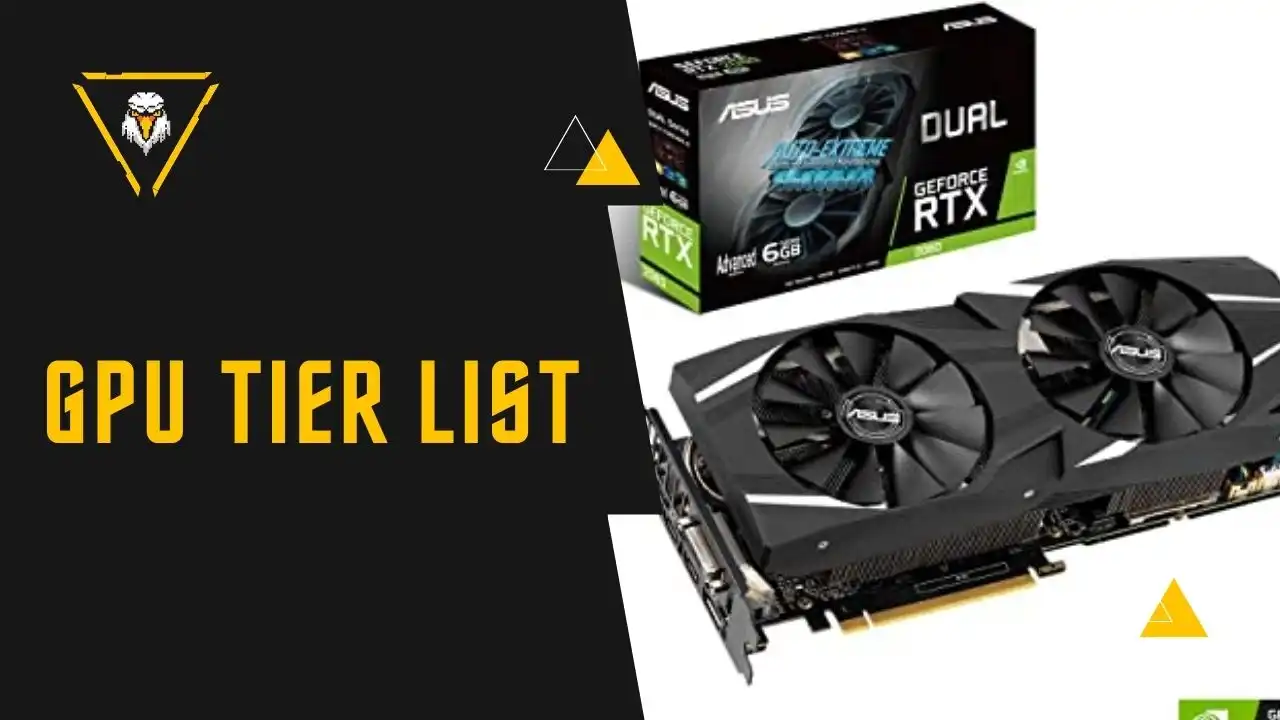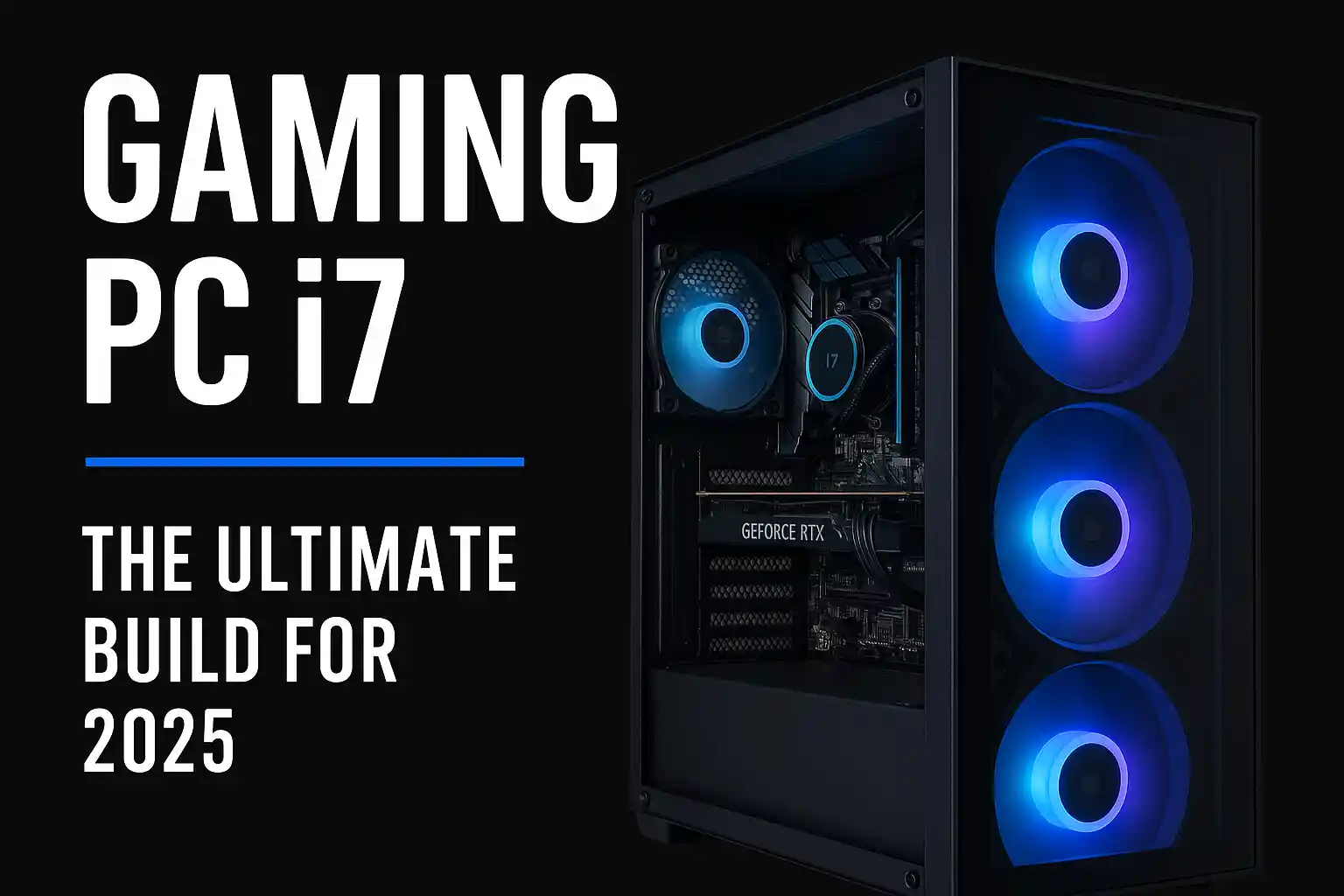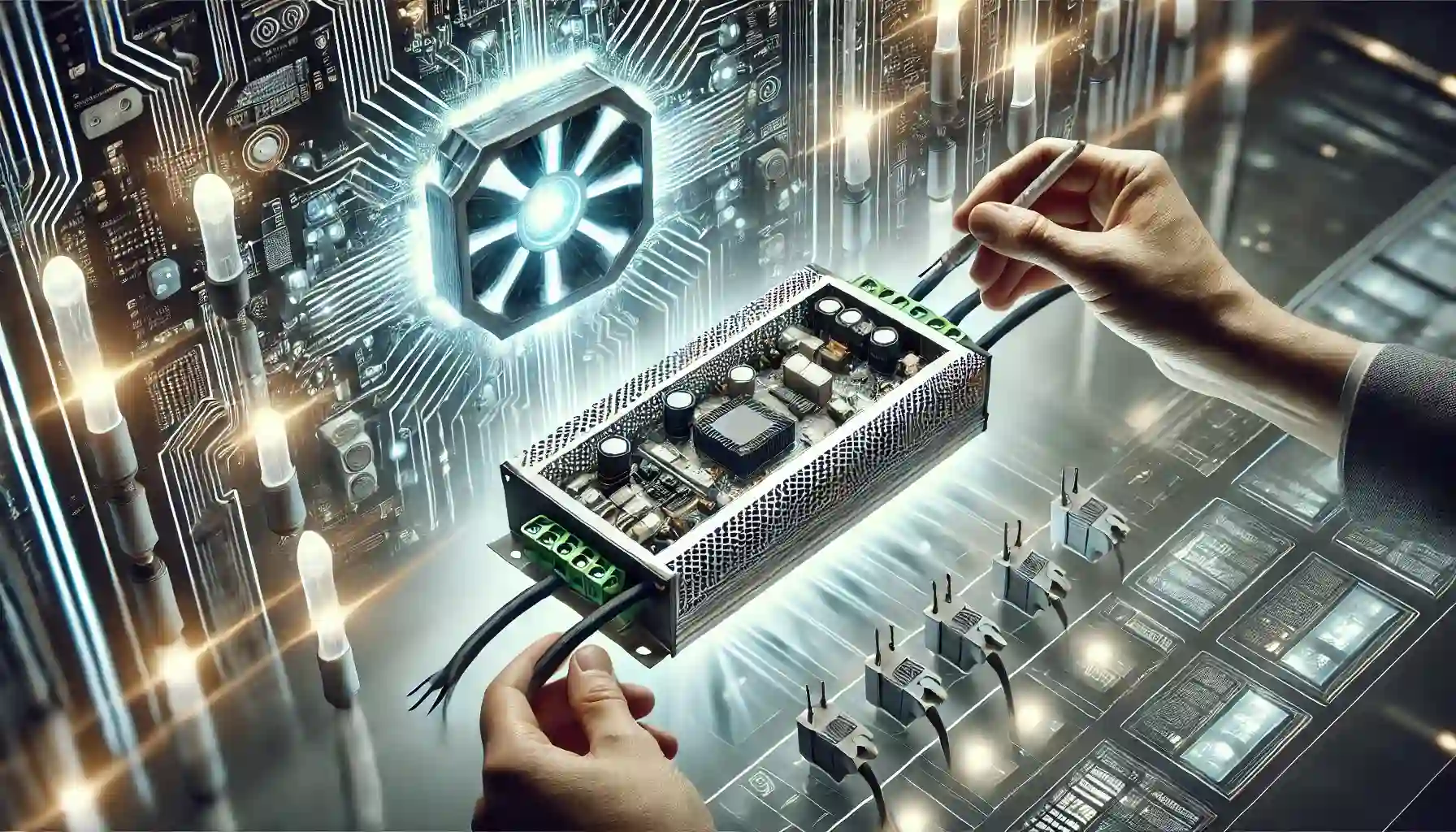When it comes to choosing the best graphics card for gaming, video editing, or professional workloads, Tom’s Hardware GPU Hierarchy is one of the most trusted sources for rankings and performance comparisons. This hierarchy categorizes GPUs based on real-world performance, helping users understand which graphics card suits their needs and budget. Whether you’re a gamer looking for high FPS or a content creator needing GPU power for rendering, Tom’s GPU Hierarchy is an excellent guide.
In this article, we will explore what Tom’s GPU Hierarchy is, how it works, its benefits, and how you can use it to make the right GPU choice.
What Is Tom’s Hardware GPU Hierarchy?
Tom’s Hardware GPU Hierarchy is a structured ranking system that classifies graphics cards based on their performance benchmarks. It provides a clear comparison between different GPU models from NVIDIA, AMD, and Intel, allowing users to identify which graphics card performs best in specific applications.
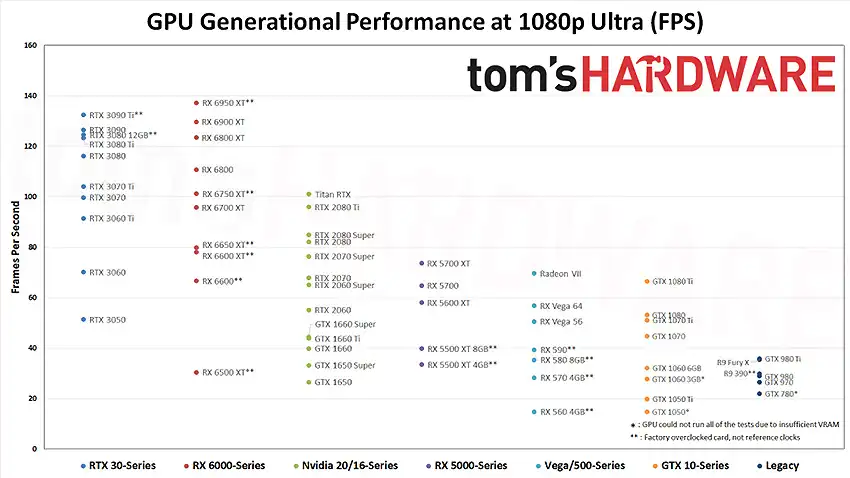
The hierarchy is updated regularly with benchmark results, ensuring that the latest GPUs are ranked accurately. Whether you need a high-end GPU for 4K gaming or an affordable option for 1080p gaming, this ranking system helps in making informed decisions.
How Does Tom’s GPU Hierarchy Work?
Tom’s Hardware ranks GPUs by categorizing them into different performance tiers based on real-world gaming and synthetic benchmark tests. Here’s how the ranking system works:
- Flagship GPUs (Top Tier) – These are the most powerful GPUs on the market, such as the NVIDIA GeForce RTX 4090 or AMD Radeon RX 7900 XTX. They are designed for 4K gaming, ray tracing, and AI-powered applications.
- High-End GPUs – These graphics cards, like the RTX 4080 and RX 7800 XT, are excellent for 1440p gaming and high refresh rate gaming at 1080p.
- Mid-Range GPUs – Mid-tier GPUs, such as the RTX 4070 or RX 7700 XT, offer great performance for most gamers while maintaining affordability.
- Entry-Level GPUs – Budget-friendly graphics cards like the RTX 3050 and RX 6600 cater to casual gamers who play at 1080p with medium settings.
- Older & Legacy GPUs – This category includes older-generation GPUs that are still relevant but may not offer the best value for modern gaming.
By organizing GPUs into these tiers, Tom’s Hardware helps users determine which graphics card is best suited for their needs.
Why Is Tom’s GPU Hierarchy Useful?
There are several reasons why gamers, content creators, and PC enthusiasts rely on Tom’s GPU Hierarchy:
- Informed Buying Decisions: It helps users compare GPUs and select the best one based on performance and budget.
- Up-to-Date Information: The hierarchy is updated regularly to reflect the latest GPU releases and benchmarks.
- Easy Comparisons: Instead of looking at complex benchmark numbers, the tiered ranking makes it simple to understand how GPUs stack up.
- Future-Proofing: Helps users choose a GPU that will remain relevant for years to come.
NVIDIA vs. AMD: A Comparison in Tom’s GPU Hierarchy
One of the most common debates in the gaming and PC-building community is choosing between NVIDIA and AMD GPUs. Tom’s Hardware GPU Hierarchy provides a direct comparison between these two brands.
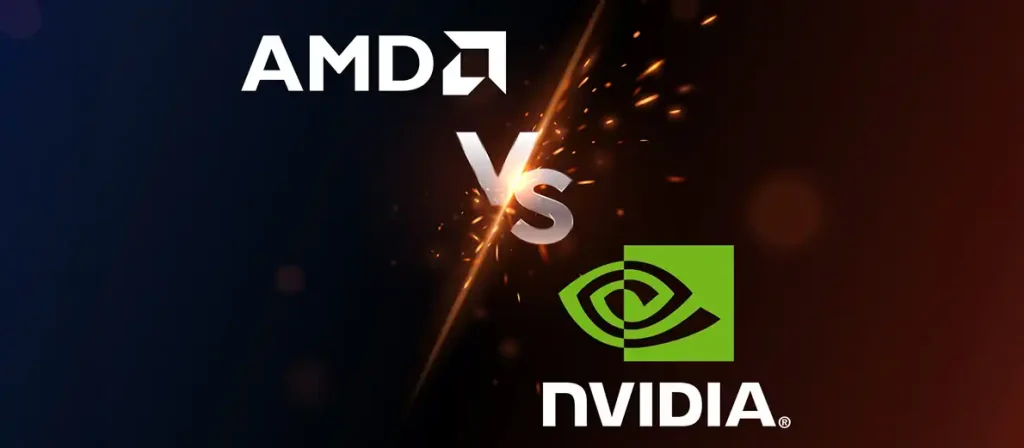
- NVIDIA GPUs: Known for their superior ray tracing, DLSS technology, and high efficiency. Popular choices include the RTX 40-series cards like the RTX 4090 and RTX 4080.
- AMD GPUs: Offer great performance for the price, especially at the mid-range and budget levels. The Radeon RX 7900 XTX and RX 7800 XT are strong competitors.
- Intel GPUs: Although relatively new to the GPU market, Intel’s Arc series has shown promise, particularly in budget and mid-range segments.
The hierarchy helps users easily compare these brands and pick the best GPU based on their needs.
Best GPUs for Different Use Cases
Best GPUs for Gaming
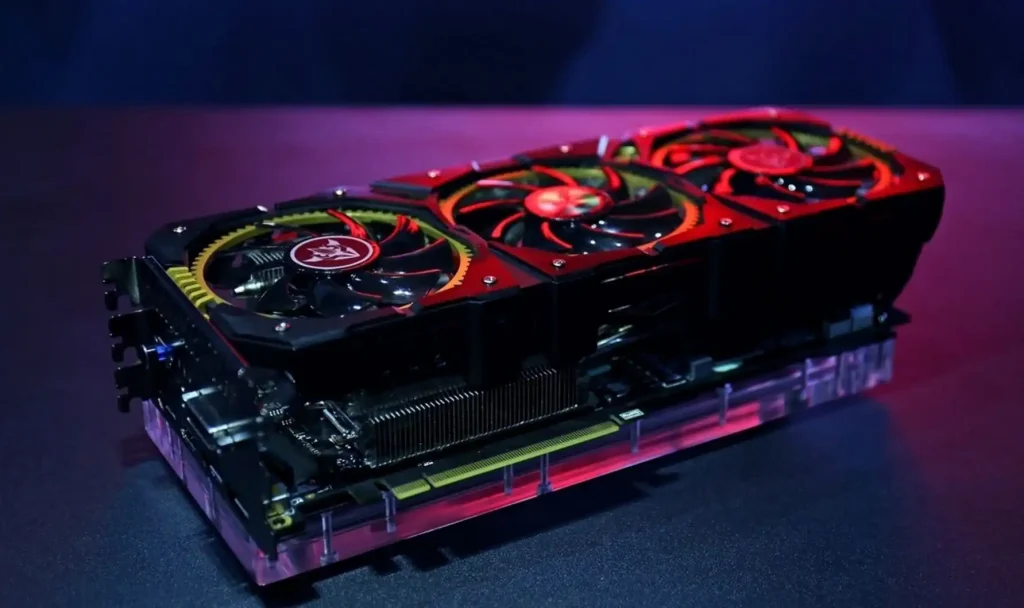
If you’re a gamer, your ideal GPU depends on your target resolution and frame rates.
- 4K Ultra Gaming: NVIDIA RTX 4090, AMD RX 7900 XTX
- 1440p Gaming: NVIDIA RTX 4080, AMD RX 7800 XT
- 1080p High FPS Gaming: NVIDIA RTX 4070, AMD RX 7600
- Budget Gaming: NVIDIA RTX 3050, AMD RX 6600
Best GPUs for Content Creation
For video editing, 3D modeling, and rendering, VRAM and CUDA cores are crucial.
- High-End Workstations: NVIDIA RTX 4090, RTX 4080
- Mid-Range Content Creation: NVIDIA RTX 4070, AMD RX 7800 XT
- Budget Workstations: NVIDIA RTX 3060 Ti, AMD RX 6700 XT
Best GPUs for AI and Machine Learning
- NVIDIA RTX 4090
- NVIDIA RTX 4080
- AMD Instinct MI200 (for professional AI workloads)
The Future of GPUs and Industry Trends
With advancements in AI, cloud gaming, and 3D rendering, the GPU industry is evolving rapidly. Some upcoming trends include:
- AI-Powered Enhancements: AI is playing a significant role in GPU advancements, with technologies like NVIDIA’s DLSS (Deep Learning Super Sampling) improving gaming performance and image quality.
- Ray Tracing Evolution: More games are incorporating ray tracing, making high-end GPUs more valuable for immersive graphics.
- Power Efficiency Improvements: Newer GPUs are focusing on delivering higher performance while consuming less power.
- Rise of Cloud Gaming: Services like NVIDIA GeForce Now and Xbox Cloud Gaming are changing how GPUs are used.
Understanding these trends can help users future-proof their investments when choosing a graphics card.
How to Choose the Right GPU Based on Your Needs
If you’re looking for a GPU, consider these factors before making a purchase:
- Resolution and Refresh Rate Needs: If you game at 1080p, a mid-range GPU might be sufficient, but 4K gaming requires a high-end card.
- VRAM and Memory Bandwidth: More VRAM is beneficial for content creation and future-proofing.
- Power Supply and Compatibility: Ensure your PSU can handle the GPU’s power requirements.
- Brand Preference: Whether you choose NVIDIA or AMD depends on factors like software ecosystem and feature set.
- Budget: Always balance price with performance to get the best value for your money.
By considering these factors and referencing Tom’s GPU Hierarchy, users can make a well-informed decision.
Staying Updated with the Latest GPU Trends
The world of GPUs is constantly evolving, with new models and technologies being introduced regularly. Keeping up with the latest trends can help users make better purchasing decisions.
Some of the latest trends in the GPU market include:
- AI-powered upscaling technologies like NVIDIA DLSS and AMD FSR, which enhance gaming performance.
- Increased VRAM capacities in newer GPUs, making them more suitable for high-resolution gaming and professional workloads.
- More efficient power consumption, leading to cooler and quieter GPUs.
- Competitive pricing strategies between NVIDIA, AMD, and Intel, providing better options for consumers.
For the latest updates, reviews, and comparisons, always refer to Tom’s Hardware GPU Hierarchy.
Read More: How to Get the Best 4G LTE Data for Blue Smartphone in 2025


